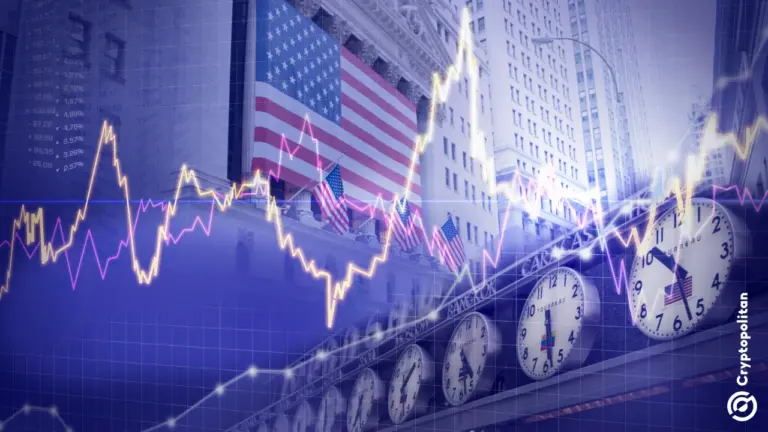GENIUS Act Enacted: New Stablecoin Regulations Introduced
- New U.S. stablecoin regulations may affect market dynamics.
- Regulations prompt concerns similar to 2008 crisis.
- Issuer compliance required for 100% reserve backing.
The GENIUS Act could create financial instability similar to the 2008 crisis by mandating 100% reserve backing for stablecoins and requiring public disclosures. Critics argue these measures might lead to market disruptions and liquidity issues.
The GENIUS Act’s stablecoin regulations aim to enhance financial stability but raise concerns of past financial disruptions.
The United States has enacted the GENIUS Act, establishing a regulatory framework for payment stablecoins . The Act, emphasized by President Trump, aims to secure consumer protection and maintain USD’s global reserve currency status.
The new law mandates stablecoin issuers to maintain 100% reserves in highly liquid assets and necessitates monthly public disclosures . This significant move marks the nation’s first attempt at comprehensive federal regulation in the digital asset space.
These regulations will significantly impact stablecoin issuers , requiring them to ensure adequate reserve backing. The market outlook on stablecoins will likely shift, potentially affecting liquidity and compliance-driven market changes.
While primarily targeting USD-backed stablecoins, broader market sentiment around key cryptocurrencies like BTC and ETH could experience fluctuating dynamics, given stablecoins’ foundational role in the crypto ecosystem.
Regulatory parallels are drawn with the Dodd-Frank Act, addressing systemic risks in traditional finance. Critics warn of possible unintended consequences, suggesting historical cautionary tales of financial crises.
“The GENIUS Act will make America the undisputed leader in digital assets, bringing massive investment and innovation to our country.” — Donald J. Trump, President of the United States
Potential outcomes include enhanced transparency and structuring of global supply chains. Historical precedence, like the LUNA/UST crash, fuels regulatory responses targeting similar risks, with enforced 100% reserve and disclosure rules.
Disclaimer: The content of this article solely reflects the author's opinion and does not represent the platform in any capacity. This article is not intended to serve as a reference for making investment decisions.
You may also like
Chinese video AI models gain global attention as the industry heats up
Share link:In this post: Chinese tech companies have increased their efforts in AI-generated video tools, positioning them as major players in the field, which is still in its early stages. Kling AI, developed by Kuaishou, a short video platform, converts text or still images into video content. Wei Xiong, an internet analyst at UBS Securities, believes AI video generation has the potential to reshape the content industry.
Big Tech’s ‘acquihires’ face new EU antitrust threat
Share link:In this post: The EU competition chief vows to close flat on talent-only “acquihires.” National regulators have been urged to flag below-threshold deals for EU review. Big Tech’s AI talent raids draw scrutiny amid fears of stifled innovation.
Wall Street calls Powell’s bluff after weak US jobs print, puts September rate cut back on the table
Share link:In this post: The U.S. added just 73,000 jobs in July, far below expectations. Unemployment rose to 4.2%, matching forecasts but signaling weakness. Traders now see a 75% chance of a September rate cut after the report

OpenAI raises $8.3B for $300B valuation ahead of schedule
Share link:In this post: OpenAI secured $8.3B ahead of schedule in a funding round that was five times oversubscribed. The company has increased its revenue and active users, but still has a higher than expected cash burn rate. OpenAI has grown its business customers, and the inclusion of Blackstone and TPG may increase business adoption of multiple AI models.
